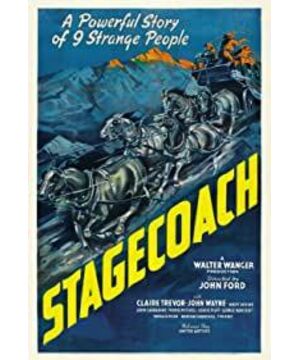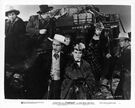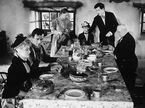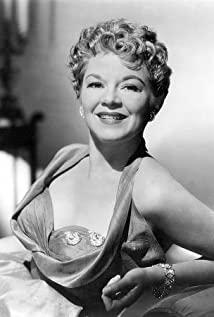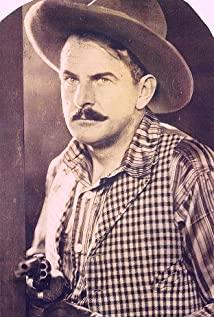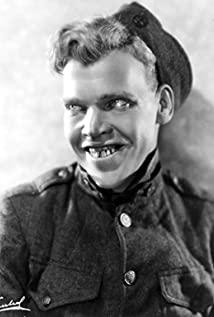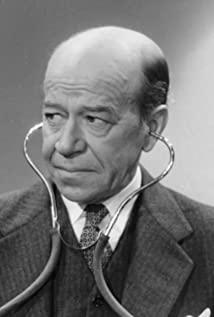The editing of the film is very crisp. The sheriff shoots the pursuer behind him, and the next shot shows an Indian rolling off his horse. There was constant shooting, and there were constant Indians rolling off their horses. All subsequent shootouts have used this editing method. In fact, when shooting, in order to rush time and save money, the sheriff is usually shot first, shot after shot. Then the shooter rolled off the horse, one person and another. Finally, cut and paste these shots separately, and it becomes a sharpshooter effect of destroying an enemy with one shot.
John Ford worked with Griffith in his early years, so his film language was deeply influenced by Griffith. For example, the "last minute rescue method", there are more and more Indians chasing the stagecoach, and the sheriff and the others have run out of bullets. At this critical moment, rescuers arrived. The protagonists are fine.
In addition, the narrative is as rigorous as Griffith. The film begins to explain the identities of the protagonists one by one and their reasons for taking the stagecoach. At this point, John Ford surpassed Griffith. In addition to the reasons for the ride, Ford also made each protagonist unique and revealing his character through the ingenious design of the screenwriter. The heroine, Darrasi, dressed in a bohemian style and exposed, rushed to the station under the surveillance of a group of well-dressed women. Through the dialogue, it turns out that the group of women are members of the legal alliance in the town. They expelled the prostitute Daras.
The actor played by John Wayne and the appearance of Cowboy Ringo are extremely stylish. In the wilderness, he shot into the sky and ordered the carriage to stop. The camera is getting closer, and the screen is a close-up of his face. He's going to hitch a ride.
"Guanshan Feidu" is not a masterpiece of Hollywood Westerns, but a milestone. The meaning of a milestone is that it did a lot of things that Westerns at the time couldn't do, and it became the standard for later Westerns.
"Guanshan Feidu" established the basic story framework of western films - the lone cowboy fought against the forces of evil and won. It also laid the basic visual elements of western films: in characters, such as beautiful women, cowboys, sheriffs, Indians; in props, such as Colt pistols, horses, carriages; in scenes, such as frontier towns, bars, Wild Inn (later evolved into a motel); in action, such as street gunfights, galloping horse chases (later evolved into car chases).
Years later, I watched this film and it was split. While admiring the loneliness of the cowboy, sigh the gradual decline of the Indians.
For a long time, in American history textbooks and in movies and TV, Indians were called invaders. People pretended not to know that Indians were the masters of the American continent. The whites took advantage of the hatred between the different tribes of the Indians and succeeded in occupying this land. Back then, the East India Company also used the same strategy, breaking through various sects and castes in India and colonizing India for N years. Today, India is divided into three countries.
View more about Stagecoach reviews


